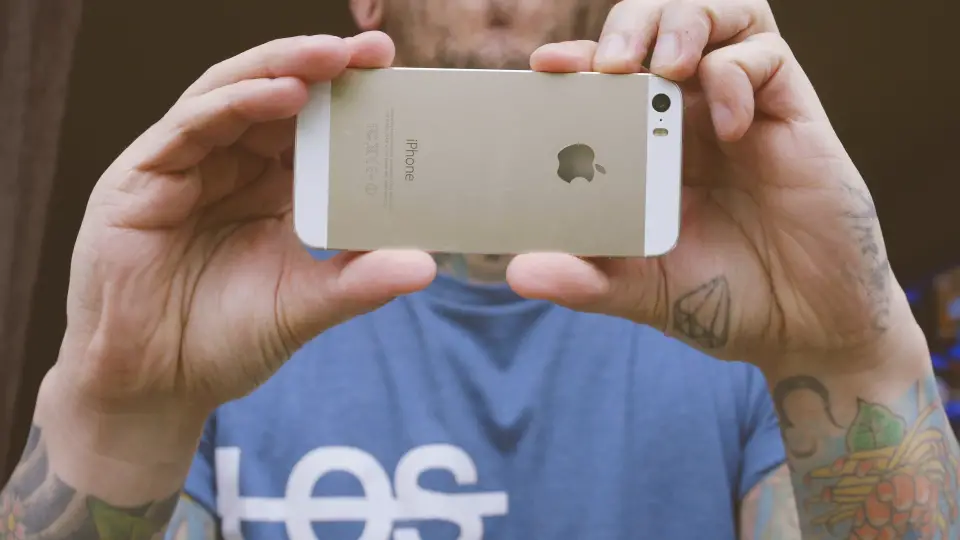
- SHOULD YOU GRADE BEFORE OR AFTER THE LUT DAVINCI RESOLVE HOW TO
- SHOULD YOU GRADE BEFORE OR AFTER THE LUT DAVINCI RESOLVE FULL
- SHOULD YOU GRADE BEFORE OR AFTER THE LUT DAVINCI RESOLVE PROFESSIONAL
- SHOULD YOU GRADE BEFORE OR AFTER THE LUT DAVINCI RESOLVE WINDOWS
In this image, we see it was filmed indoors, and it looks like daylight is coming in from the windows. This is the HD preview version of the clip, taken from the story ' Modern Woman Lifestyle', shot by Omri Ohana:Īnd this is the Log version: Normalizationīefore starting, have a look at what is in your frame and imagine what it should look like.
SHOULD YOU GRADE BEFORE OR AFTER THE LUT DAVINCI RESOLVE WINDOWS
Secondary Grading affects only certain parts of the frame by using windows or keys, but we won’t cover that here. Primary Grading refers to color correction and grading that affects the entire frame, and this is what we will be doing. If you are color correcting video filmed with a standard camera profile and filmed in 8 bit with a low data rate, you will see the footage fall apart after minimal adjustment since there is just not enough data. You can do so much more with the raw file. It is common to use log profiles or raw footage for color grading as this preserves the most data. The stock video clip was shot with a log profile, which means its dynamic range is compressed, and the image looks very flat.

SHOULD YOU GRADE BEFORE OR AFTER THE LUT DAVINCI RESOLVE HOW TO
Now let's look at the basics of how to color correct and grade a video clip. Have a look through them to see what each offers. Options Menus - Additional controls or toolsĮach panel has a bunch of menus that allow you to access different functions and tools, from right-clicking contextual menus to dropdown boxes and expanded menus. You can also find your keyframes here.ġ0. Watch your scopes! There are a few scopes - Parade, Waveform, Vectorscope, Histogram and Chromaticity. This is where you monitor what you are doing to your video and forms - the basis of how to color correct video. This panel consists of the primary wheels, bars and log wheels, as well as the new HDR wheels, RGB mixer, RAW settings and motion effects like noise reduction and motion blur. One of the main panels you will use for color correcting video.
There are 7 curves in total that combine to make a very powerful color grading toolset. The lightbox is just a quick visual overview of all the clips in your timeline.Ĭurves are a key tool in your DaVinci Resolve color correction and grading arsenal. Open FX gives you access to many useful visual effects built into DaVinci Resolve, along with any FX plugins you may have added. Data flows from left to right, and you can add many kinds of nodes.

Your color corrections are applied on nodes that form a node tree, the output of which becomes your final image. Like the clips, the timeline can be revealed or hidden by pressing the button on the top right.
SHOULD YOU GRADE BEFORE OR AFTER THE LUT DAVINCI RESOLVE FULL
This is a full representation of the clips in your timeline that allows you to quickly scroll through and find different clips. There are many filter options to help you with big projects. You can hide the clips panel if you need to by pressing on the button at the top, or you can filter them using the dropdown menu. These are thumbnails of the clips in your timeline that provide a quick visual representation as well as providing some basic information about the clip itself and if any color corrections have been applied. For a bigger view, press ‘Ctrl/Cmd + F’ to go full screen. This is where you can see the results of your video color corrections as you make them. The media pool is where you can access your project media. LUTs (Look Up Tables) are used to apply pre-made looks to footage or transform footage to a specific color space. Use the tabs to open the LUTs and Media Pool panels. You can use stills to copy color corrections and grades to other clips. The stills gallery is where your stills are stored. Let’s start by looking at the Color Page layout in DaVinci Resolve 17 and what tools we will use for video color correction.
SHOULD YOU GRADE BEFORE OR AFTER THE LUT DAVINCI RESOLVE PROFESSIONAL
DaVinci Resolve is a professional color grading solution used in many Hollywood productions that can help you achieve the look you want, whether it's a commercial or film look. Color has a big impact on how a viewer experiences your video and can even create a specific mood the director wants. Simply put, you want to color correct your videos to make them look the best they can and color grade them to add a certain aesthetic, like the teal and orange look you see in many films. You certainly want to get things right in-camera, but the final look is often created in post by video color correction and grading.

We’ll fix it in post! This is the often lamented phrase on set, but for some things, that is exactly where you end up making the difference.


 0 kommentar(er)
0 kommentar(er)
